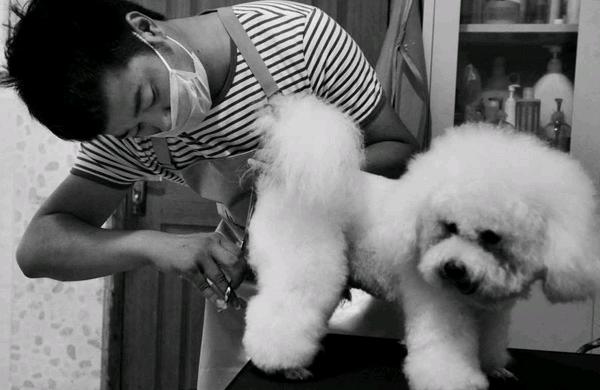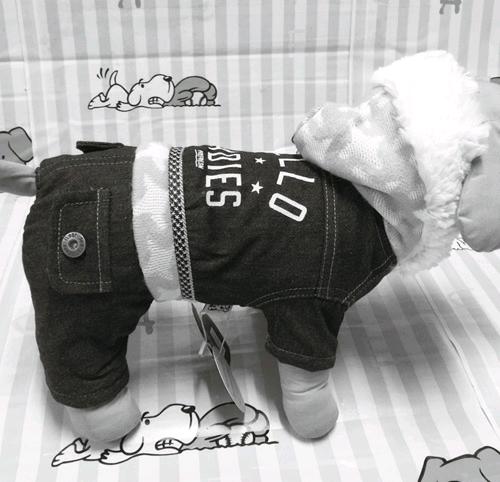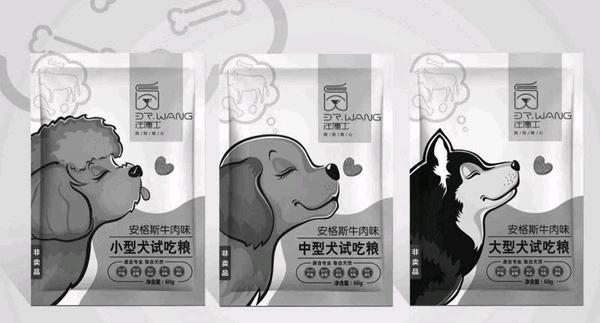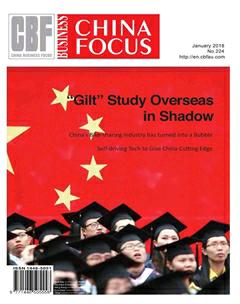Purrfect Economy Sees Roaring Expansion in China
The worlds most popu- lous country is in love with cats. Chinas 59 million feline pets have spawned a “cat economy”, a key sector of the overall pet industry that was worth 134 billion yuan ($20.5 billion) last year, up from 100 billion yuan in 2016 and just 2 billion yuan in 2005. The figure is expected to balloon to 188.5 billion yuan by 2020 with an annual growth of 30 percent, according to a report from Dog Network, Chinas online pet services provider.
While nekonomics describes Japans cat economy, a new term-maonomics?-may be required to indicate Chinas growing fascination with cats, industry insiders said. (Mao is Chinese for cat.)
Globally, in terms of number of pet cats, China now ranks second behind the United States, according to data of the National Bureau of Statistics.
It is a business that spans toys, nail clippers, fur care powder, anti-worm pills, balls, laser pens, soft tissue rolls, pooper scoopers, hygiene products, furniture, intelligent devices and cat teasers.
These are all in addition to popular products like cat food, cat fashion, and services like veterinary centers, pet care hotels and cat-cafes (where patrons get to pet and cuddle freely roaming furry, purring, adorable feline beauties).
Not to forget funeral and internment services. Thats not all. Exotic breeds sold as expensive pets figure among the range of ‘products that mark the ‘purrfect economy. And images of real-life cats can spawn paid-for digital emojis and stickers for the virtual world. Blogs and videos about pet cats attract advertisers after gathering massive loyal readers/viewers. Cat-related products and services could set back pet owners such as Huang Weixi by up to 15,000 yuan annually.
However, the national annual perpet spend tends to average out at about 5,000 yuan, according to a report on Dog Network. Huang, 26, a book editor in Beijing, owns two cats. Last year, her pet bills included cat food worth 1,000 yuan per month, cat essentials, toys and the lot. She paid about 600 yuan to vets for services like washing pets mouths and brushing their teeth. “I got used to the companionship of cats since I was very young,” she said. “Theres no other reason. I just like them. Am not nuts about dogs or pups.”
Most of Chinas pet owners are young people with relatively higher income and quality educational background, who care for a lifestyle marked by shopping, fashion and entertainment, the Dog Network report said. Wen Liang, owner of Maosheng Jixiang, a cat foster care service provider in Beijing, said, “With the increase in income, Chinese people now live a better life, so they have begun to care more about their pets, and that care is similar to the way they treat their children. The market is quite alluring.”endprint
At Maosheng Jixiang, each cat has a “duplex home” with two floors, with a bedroom upstairs and one restroom downstairs. Nekonomics, a term that originated in Japan in 2015, means con- sumers will pay for cat-related products and services irrespective of the state of the economy.
There are also wooden tower-like maze for cats to move from hole to hole, and fish in small ponds to cheer them up.
Thats probably true. In a narrow lane off Beijings Donggong street, Yuan operates a cat cafe that attracts customers well after 9 pm amid sub-zero temperatures. Couples and groups lounge on Europeanstyle seating, sip cappucino and chat, while cats circle their feet, rub against their legs or jump gently from one table and land softly on the next table in a heart-melting way.
This is Beijings first cat cafe, founded in 2011. Yuan, 38, said he promised his family back then that the venture would at least make both ends meet. The business, he said, has vindicated him.
Compared with traditional cafes, a cat cafe entails additional expenses for owners, in terms of pet food and other necessities. Pets monthly expenses may reach 10,000 yuan.
But cat-cafes make profit by selling aspirational or lifestyle foods and bever-ages to their customers, he said. Besides, Yuan sells cute kittens through his Wechat account. Each kitten could sell for 2,000 yuan to 3,000 yuan; some rare breeds may command price tags of 5,000 yuan to 6,000 yuan. “Many of our customers are students and young professionals, who may want to unwind or de-stress here after a long or stressful work day,” he said.
Declining to share information like sales revenue and profit figures, Yuan said the cat business is not for everyone as entry barriers, in the form of specialization and limited supplies, are high. “By the way, I dont want more competitors,” he said in a lighter vein. In the digital dimension, cats command fans and revenue. Loulou the cat, on which the lead character of an emoji package was based, had 680,000 fans online. When Loulou died in October 2017, more than 140,000 read and shared the news, and mourned the cat.
And then, there are bloggers who specialize in cat-related topics. A blogger nicknamed Xiaomajia boasts more than 29 million followers on Sina Weibo, Chinas Twitter-like social media. Each of his posts enriches him by about 20,000 yuan via advertisements. “Such content resonates well with pet owners who gladly share it with their friends,” said Shao Yang, a blogger who previously earned about 1,000 yuan monthly by posting short videos of his pet cat.endprint
Chinas pet market will grow annually at an average 20.5 percent to exceed 200 billion yuan ($29.5 billion) in sales by the end of 2020, according to an industry report from Guangzhou Yourpet Network Technology Inc. The growing number of pet owners in China are more willing now than in the past to spend on their furry friends, spawning an industry chain covering products and services. The focus is no longer on just animal breeds and veterinary services.
Branded food, imported medicine, and a plethora of lifestyle-related products like pet cages, shampoos, showers, beauty items and garments are prominent pet products. Services comprise food and nutrition clinics, photography, beauty parlors, insurance, styling, nail painting, grooming, pet walks, healthcare, training and pet hotels. The last-mentioned business line has taken off in a big way in China. For instance, Banlv Vet, a pet hotel in Ningbo, Zhejiang province, is equipped with a sanitized surgery room, a secure access system, a centralized temperature and humidity control system and closed circuit TV cameras that monitor every room.
It is now upgrading its facility to make sure every furry little guest has a wonderful stay while its owners are away.“Last year, we invested quite a lot in upgrading to the modern system, including the cage made of better material,” said Xu Shanshan, a vet and the owner of Banlv Vet. “Pet owners are becoming picky about services like pet hotels. They would love to pay more for better services like branded food, imported medicine and pet shampoo.”
Banlv started as a small vet shop outside a residential compound five years ago. Back then, it used to have only one retired vet on its staff. It also had simple foldable pet cages and an open surgery table. Banlv is beefing up its staff with more veterinary graduates and pet nurses. “It used to cost 20 yuan for a small-sized dog shower. Now it costs 50 yuan, and hundreds (of yuan more) for styling, nail painting and grooming,” said Wang Yunya, a regular customer of Banlv. “During Spring Festival, I spent 2,000 yuan for my three little dogs to stay here for a week.”
According to the National Statistics Bureau, China is on its way to becoming the third-largest pet market after the United States and Japan. From 2010 to 2016, the local market has been growing annually at almost 50 percent on average. Neil Wang, president of the China unit of Frost& Sullivan, a global consulting firm, said per-capita GDP in China has reached$8,576, laying the foundation for a boom in the pet market. Higher incomes, he said, spur consumption upgrades and people are more willing to pay for better food, healthcare, beauty products and training for their pets.
But the market is some distance from producing its first unicorn startup. Companies in the pet market are still busy building their brands. Wang Tiange, who owns five Chihuahua dogs, said, “Sometimes, I dont know which Chinese dog food to buy because there are so many of them and none of them is a dominating brand. And I dont think there is a recognizable brand in dog clothes or other daily products. So I usually buy imported brands.” Neil Wang said China has too many small companies in the pet market, more so because of insufficient regulation. However, with more investors entering the market, it will hopefully see some big companies leading the way in future, he said.endprint

